In the second part of this interview with textile artist Sue Stone she explores her process and offers some invaluable advice to aspiring artists. Read part one of our interview with Sue Stone: The angst of fine art and the therapy of making
Using the computer as a tool
TextileArtist.org: Tell us a bit about your process and what environment you like to work in?
Sue Stone: Most of my work evolves during a long, slow period with major pieces taking months or even years to come to fruition. A lot of thinking, then gathering images, sometimes making drawings, before the final piece starts life on a computer screen. I use the computer as a tool to both experiment with, and save time with the composition process. Once the composition is decided I reduce everything to a simple line drawing in Adobe Photoshop.
I then print out everything in A4 tiles using Adobe Illustrator.
Then comes the exciting part, starting the stitching. Most of my drawing is done directly in stitch with free machining and the worked into with hand stitch building the image instinctively until it is complete. I have a routine of working on my sewing machine during the day with Radio 4 or music in the background and hand stitching at night with the TV for company. I’d like to say I work in a large, light, airy studio but the reality is that I work in a small, spare bedroom at present and from the sofa in my living room at night but hopefully I will have a studio very soon.
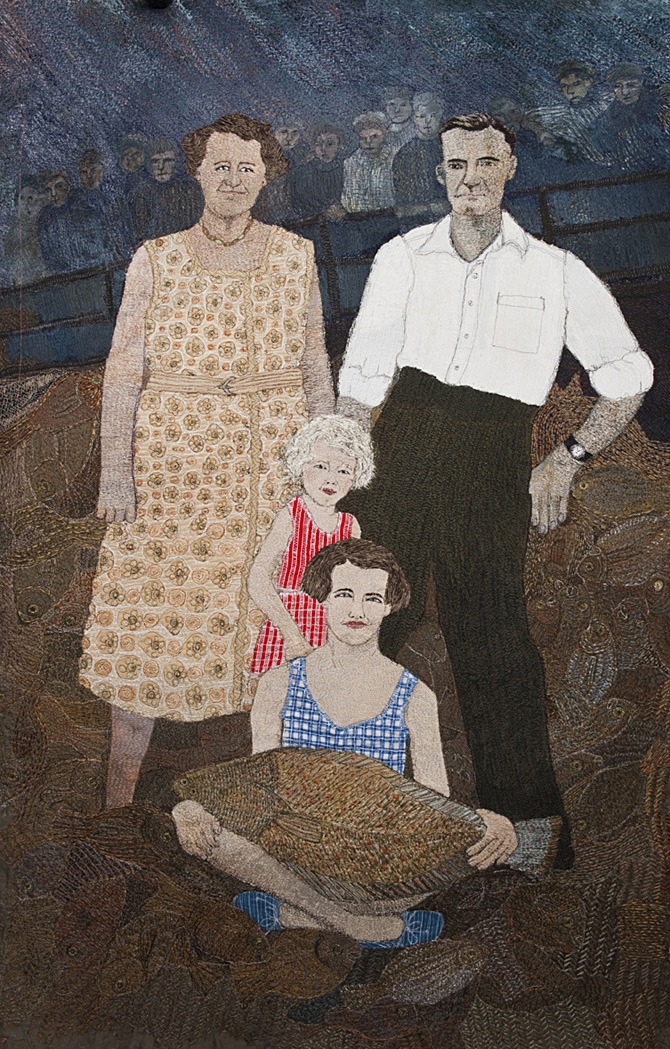
Techniques / Materials: Hand and machine stitch on applied recycled fabrics
Photography: www.thorntonconnect.com
Do you use a textile artist sketchbook?
I use a sketchbook to record thoughts, images and ideas as well as for drawing. I use drawing as a thought process, as a means of problem solving as well as a means of expression in its own right. I also use it to work out colour schemes, make notes of fabrics, suppliers etc and to stick in small samplers of stitched textile which may not have worked for one piece but that I may use in the future.
I like to show my sketchbooks alongside my finished work. Most people are interested to see the process behind the finished piece, and I hope it encourages others not to be too precious about the contents. A sketch book is only a means to an end.’O
‘Out of place’ and the unexpected
What currently inspires you and which other artists do you admire and why?
I am currently exploring displacement, a sense of belonging/not belonging, using old family photographs of days out juxtaposed into a modern day environs featuring work by street artists in the East End of London. I enjoy the ‘out of place’, the unexpected, the bizarre and I am an avid photographer who makes a constant visual record as an ‘aide-mémoire’ both at home and on my travels.
The visual artists I admire are diverse, from textile artists, Audrey Walker, who is a master of hand stitch, Alice Kettle, whose work so dynamic and expressive, and Tilleke Schwarz whose work never fails to raise a smile, to mixed media artists, Jae Maries, who started as a painter which shows in her sublime use of colour and the sensitivity of her mark making, and Michael Raedecker, a Dutch artist, now living in London who also combines stitch with paint but often on a large scale over several canvases. I also admire Gaudi architecture, the complex symbolism of painter Frida Kahlo, the wit of René Magritte and the surrealism of Salvador Dalí.
How has your work developed since you began and how do you see it evolving in the future?
When I first returned to stitching in 2002 my work was purely decorative and mainly abstract but since around 2007 I have seen it become more figurative, more humourous and certainly more surreal.
I feel a move towards a more political stance is evolving, certainly in my thought processes, during which I hope to keep my sense of humour whilst pursuing more serious topics.
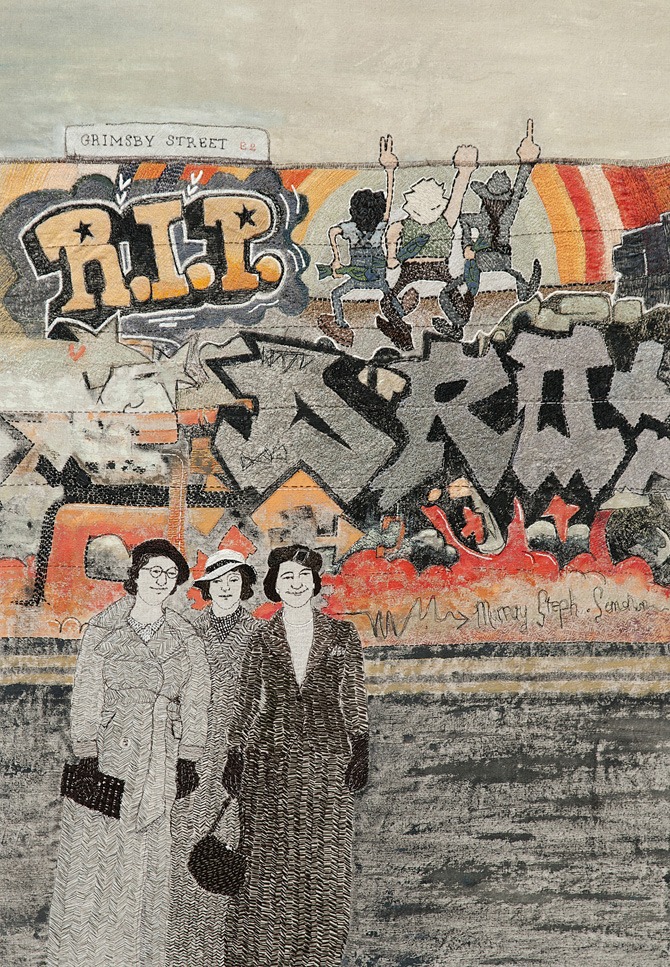
Techniques / Materials : hand and machine stitch with applied recycled fabrics and acrylic paint
Nothing is impossible, the impossible just takes a bit longer
Do you give talks or run workshops or classes? If so where can readers find information about these?
I don’t run regular classes but I give talks on various aspects of my work and inspiration and can tailor workshops to the needs of specific groups. More information can be found on my website: www.womanwithafish.com
What advice would you give to an aspiring textile artist?
Be determined to succeed and always remember my Dad’s maxim “Nothing is impossible the impossible just takes a bit longer”
Where can readers see your work this year ?
My work can be seen at:
Farfield Mill
Dover Gallery, Garsdale Road,Sedbergh Cumbria LA10 5LW
62@50 • 22 Sept – 11 Nov 2012
Click here for more info
Package Tour • Knitting & Stitching Shows
Alexandra Palace, London • 11 – 14 October
RSA, Dublin • 1 – 4 November
Harrogate • 22 – 24 November
Click here for more info
Designer Crafts at the Mall
The Mall Galleries, The Mall, London SW1
Friday 11th to Sunday 20th January 2013
Click here for more info
Read part one of our interview with Sue Stone: The angst of fine art and the therapy of making
Let us know if you’ve enjoyed this interview by leaving a comment below.
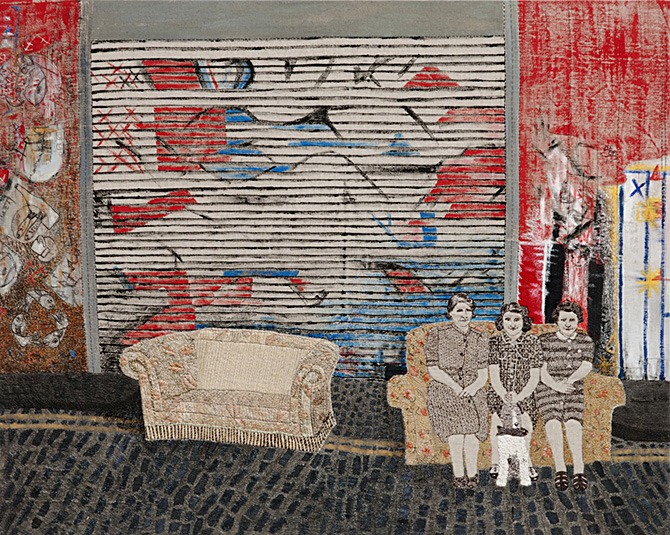
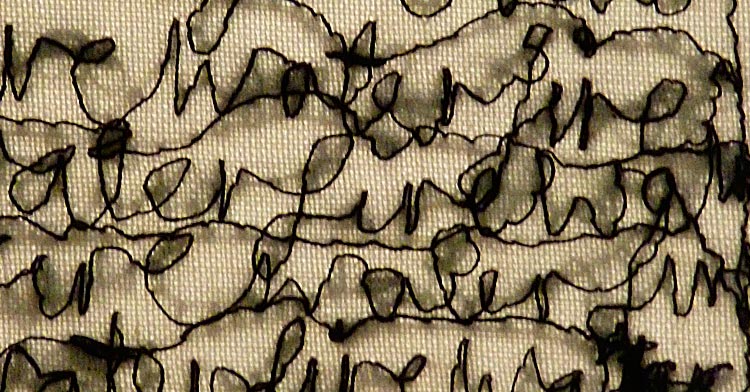
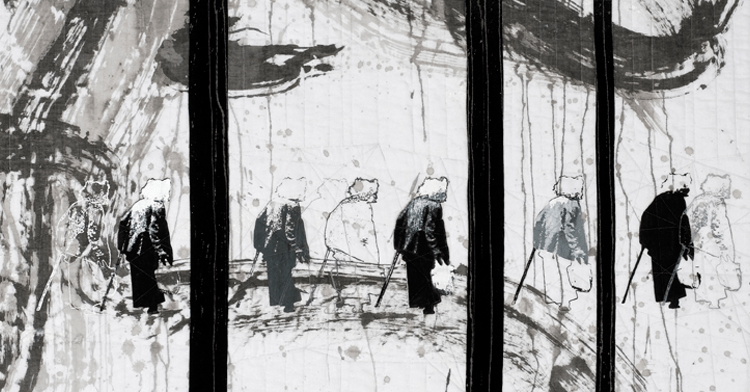
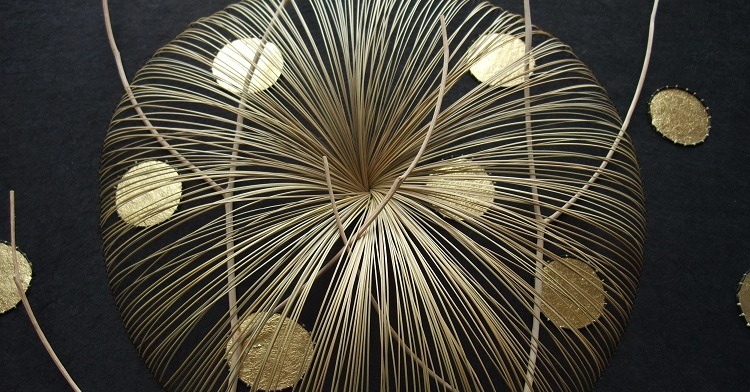
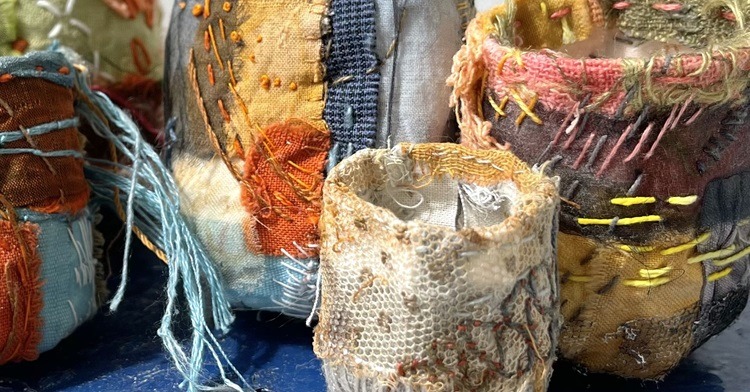
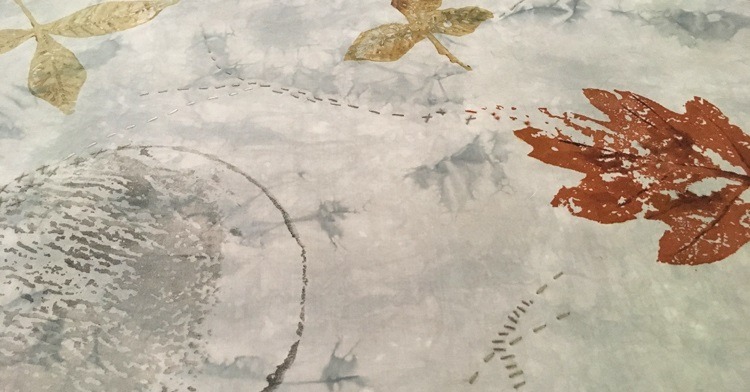
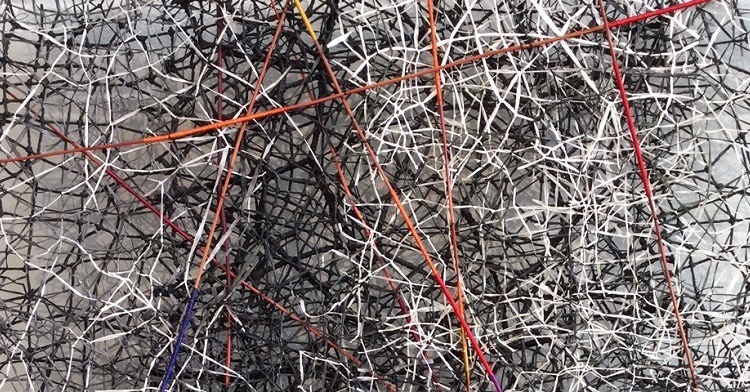
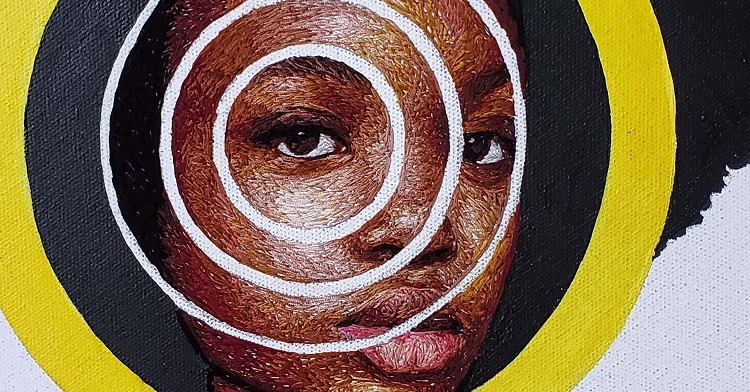
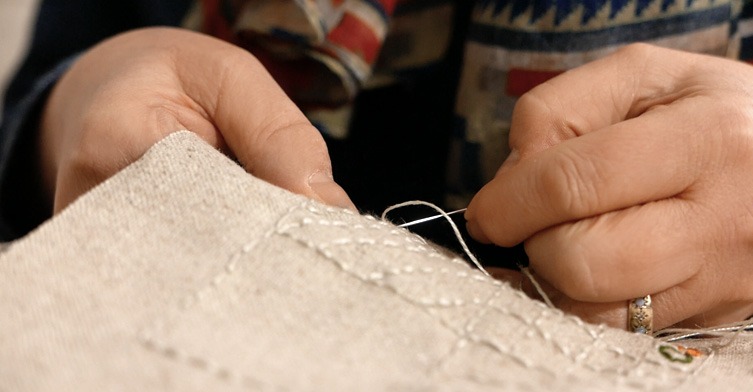

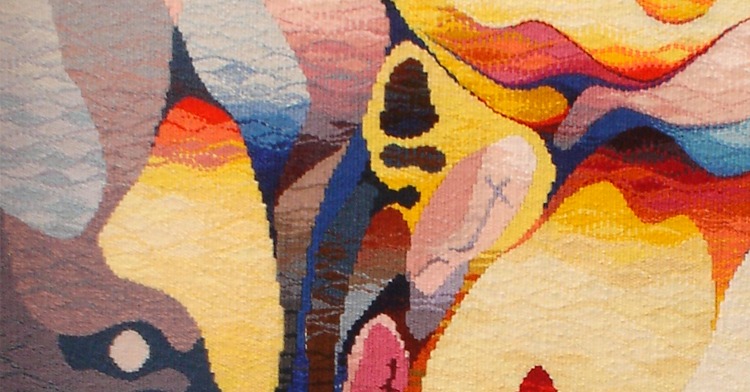
Comments